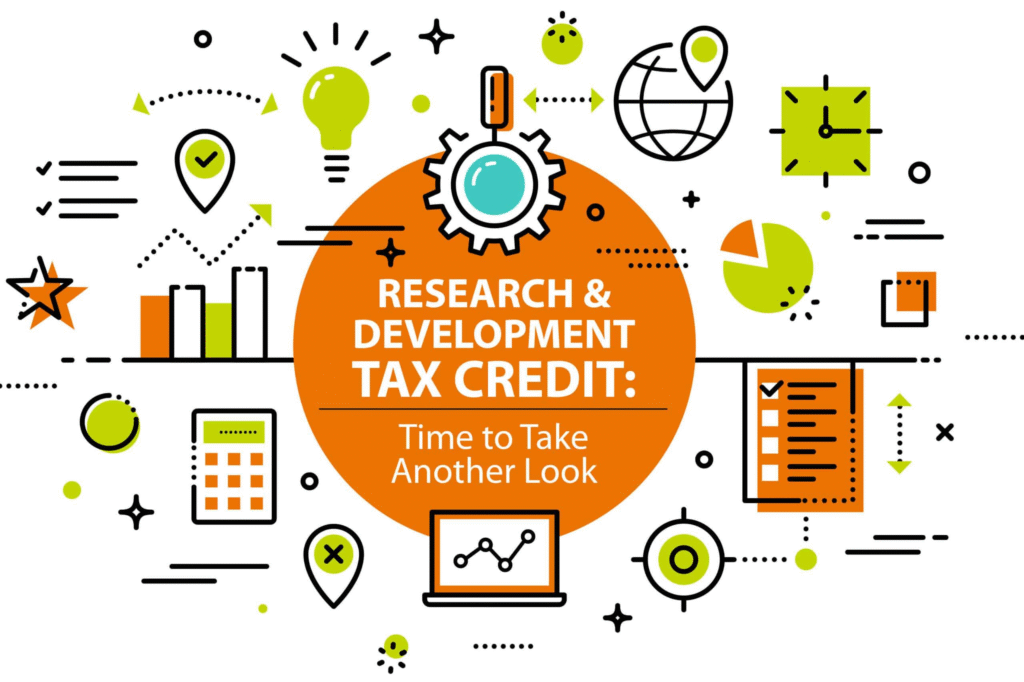
For most entrepreneurs, taxes seem like a complex labyrinth. With the day-to-day operations, payroll management, and business scaling, grasping the tax world is often put on the backburner. But being tax strategic can reap big rewards financially as well as release funds for expansion. And one of the most efficient things to do it is by availing tax breaks for small businesses.
Comprehending Tax Breaks for Small Businesses
Tax breaks are those advantages offered by the government in the form of tax break to eligible businesses. In case of small businesses, these benefits are highly beneficial since they can have a direct bearing on cash flow, enhance profitability, and enable reinvestment into the business. Tax breaks take different forms, such as deductions, credits, and exemptions.
A tax deduction lowers the taxable income of a business. Typical deductions are office rent, utilities, and wages. In contrast, a tax credit lowers the amount of tax payable, and it is usually better than a deduction. Some tax credits are even refundable, so businesses might be paid a refund if the credit is higher than their tax bill.
Key Tax Breaks Entrepreneurs Should Consider
Section 179 Deduction
One of the most popular tax deductions is the Section 179 deduction, under which small businesses can write off the entire cost of qualifying equipment and software acquired or leased in the tax year. As opposed to regular depreciation that deducts portions over multiple years, Section 179 provides immediate tax break, which can be a cash-flow lifesaver for startups that invest in necessary assets.
Home Office Deduction
With the increased popularity of working from home and small businesses running out of home, the home office deduction has become more applicable. Businessmen who utilize a portion of their house solely for business activities may deduct a fraction of mortgage payments, rent, utilities, and even maintenance of the home. Proper documentation is necessary, but savings can be substantial.
Qualified Business Income (QBI) Deduction
Under the Tax Cuts and Jobs Act, some small business owners are eligible to take a QBI deduction of as much as 20% of qualified business income. The deduction is taken by pass-through entities, such as sole proprietors, partnerships, and S corporations. Although it may be complicated to be eligible and there are income limits that apply, the QBI deduction can cut taxable income sharply for eligible businesses.
R&D Research Tax Credit
Innovative companies that spend money on product or process development should look into the R&D research tax credit. The credit compensates firms for qualified research efforts such as creating new products, enhancing current ones, or improving manufacturing processes. Most entrepreneurs do not know about this credit, yet it can be a significant tax saver, particularly for tech startups, manufacturers, and scientifically innovative companies.

Strategies for Maximizing Tax Breaks
Simply being aware of these tax incentives is not sufficient. Business owners need to implement strategies to leverage benefits.
- Maintain Detailed Records
Good accounting is essential. Expenses need to be thoroughly documented and categorized appropriately to be able to claim deductions and credits. Computer accounting software can facilitate this, enabling business owners to scan receipts, monitor expenses, and create financial statements to substantiate tax returns. - Get Advice from a Tax Professional
Small business tax regulations are intricate and changing. Hiring a tax advisory firm like Renaissance Advisory keeps entrepreneurs up to speed on incentive options and in line with IRS guidelines. Professional advice can reveal credits and deductions that would otherwise go unnoticed, like proprietary R&D credits or industry-specific credits. - Plan Purchases Strategically
Timing may influence tax savings. For instance, purchasing major equipment at the end of the fiscal year can maximize Section 179 expenses. In the same vein, strategically timing qualifying research activities allows more to qualify for the R&D research tax credit. - Check Payroll and Employee Benefits
Some employee expenses can provide tax benefits as well. Retirement contributions, health benefits, and education assistance plans can be deductible or creditable, lowering total tax burden while helping to retain and please employees.
Mistakes to Avoid
Even honest entrepreneurs can fall into some common traps that can cut tax savings. Don’t make these errors:
- Blurring Personal and Business Expenses: Personal expenses are not deductible. Keep business and personal expenses strictly apart.
- Missing Deadlines: Most tax incentives have particular filing deadlines or requirements. Failure to meet them can mean forfeiting chances.
- Forgetting Small Credits: Small credits, such as energy-efficient equipment tax credits or local business credits, might be insignificant but can accumulate.
Advantages Other Than Savings
Taking advantage of tax break for small businesses has advantages that go beyond short-term fiscal assistance. Decreased tax payments can unshackle capital for growth, recruitment, or investment in innovation. For companies looking to invest in product development, the R&D research tax credit not only saves on taxes but also stimulates ongoing innovation—a key driver of future competitiveness.
Additionally, strategic tax planning reflects sound fiscal management, which can enhance investor and lender relationships. It indicates that the entrepreneur is proactive, efficient, and goal-oriented in terms of long-term growth.
Partnering with Experts
Small business owners don’t have to go it alone when it comes to navigating the tax environment. Companies such as Renaissance Advisory are experts at identifying and optimizing tax incentives for small businesses. Their knowledge secures compliance and uncovers potential for significant savings, from lesser-known credits such as the R&D research tax credit. Engaging professionals means owners can concentrate on innovation and growth while not having to worry about lost tax benefits.
Final Thoughts
For small business owners, knowing and taking advantage of small business tax breaks is not merely about tax minimization—it’s about having a solid platform to build upon. From equipment write-offs and home office deductions to the prized R&D research tax credit, many incentives can be used to lower tax payments and reinvest in the business.
By keeping records straight, strategic planning, and professional consultation, entrepreneurs can fully capitalize on tax savings opportunities. In addition to maximizing cash flow, these practices promote innovation, employee retention, and long-term sustainability.
Taxes do not have to be complicated, but with the appropriate mindset and professional guidance, they can be an empowerment tool instead of a speed bump. For any entrepreneur eager to expand wiser and quicker, using tax breaks smartly is part of the entrepreneurial arsenal.


